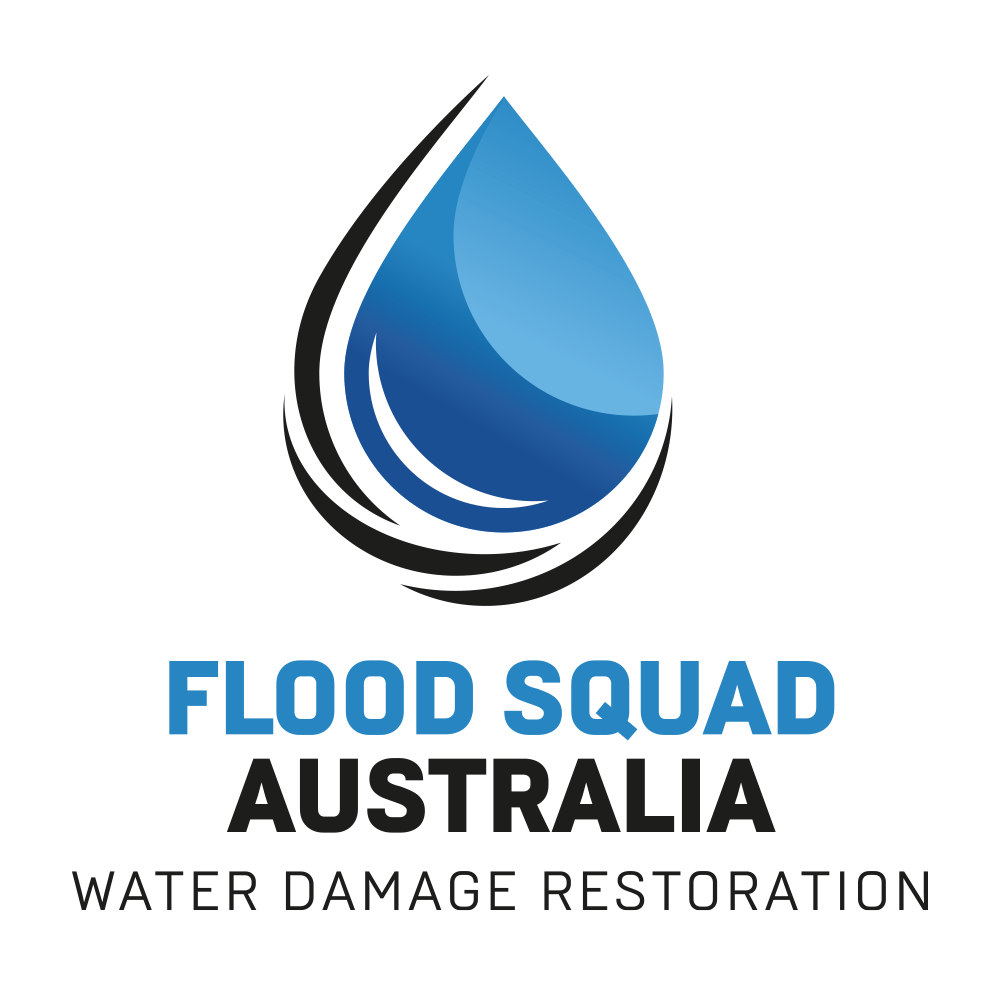Water damage can wreak havoc on your carpets. It’s a problem that needs immediate attention to prevent further damage.
But how do you effectively perform water damage carpet cleaning? This is a question many homeowners and property managers grapple with.
This guide provides a comprehensive answer. It offers a step-by-step approach to restoring your carpets to their original state. It also highlights the importance of quick action to prevent mold growth.
You’ll learn about the role of professional carpet cleaners in ensuring deep cleaning and sanitisation. We’ll also discuss the benefits of emergency carpet cleaning services.
Whether you’re dealing with flood damage or a minor leak, this guide is for you. It’s time to take control and restore your carpets to their former glory.
Immediate Steps to Take After Water Damage
When water damage occurs, immediate action is crucial. The first step is to identify the source of the water. This can be from a flood, a burst pipe, or a leaking appliance.
Once you’ve identified the source, try to stop the water flow. This may involve shutting off the main water supply or fixing a broken pipe quickly.
Next, it’s important to remove furniture and belongings from the affected area. This can help prevent additional damage to your items.
Drying the area should be your focus after stopping the water. Use towels and mops to soak up standing water. This not only helps the carpet but also prevents further damage to your property.
Here’s a quick checklist to follow:
- Identify and stop the water source
- Remove personal items and furniture
- Soak up standing water
- Increase air circulation by opening windows
Acting swiftly can save your carpets from permanent damage. It’s about minimising impact until professional help arrives.
Safety First: Pre-Cleaning Precautions
Before starting any cleaning, ensure the area is safe. Turn off electricity to avoid accidents, especially around wet carpets.
Wear protective gear like gloves and masks to prevent contamination. This is particularly important if the water is from a questionable source.
Check the structure for stability. Make sure floors are solid, and there’s no risk of collapse or further damage.
Assessing the Severity of Water Damage
Assessing water damage is a key step. Determine how severe the damage is and whether it’s safe to proceed.
Start by classifying the water type. Clean water from a pipe is less hazardous than gray or black water from outdoor flooding.
Consider the carpet’s condition. If it shows severe damage, consider professional assessment. This step can prevent potential health risks, like mold.
Water Extraction and Carpet Drying Techniques
Dealing with water-damaged carpets requires effective water extraction and drying techniques. Quick action can prevent further damage and reduce the risk of mold.
Water extraction is the first and most crucial step. It involves removing as much water as possible from the carpet’s surface.
This can be done with wet-dry vacuums, which are particularly helpful for home use. They are also easily accessible and user-friendly.
Once extraction is complete, focus on drying the carpet thoroughly. This involves using fans and dehumidifiers to accelerate the process, reducing moisture content significantly.
Ensure that every step is thorough. Proper drying can prevent damage to carpet fibers, ensuring longevity and better air quality.
Removing Standing Water
Start by targeting any visible standing water. Prompt removal reduces the time water seeps further into the carpet and padding.
Utilise a wet-dry vacuum to efficiently extract water. It’s an effective tool that makes the task manageable for homeowners.
For larger volumes of water, you may need assistance. Consider renting or hiring commercial-grade equipment designed for high-capacity water removal.
Accelerating the Drying Process
After water removal, focus on drying the carpet. Ventilation is key; open windows and doors to allow air to circulate freely.
Use fans strategically. Aim them directly at wet areas to enhance airflow and speed up evaporation.
Incorporate dehumidifiers to control and remove excess moisture from the air. This aids in quicker drying and creates an environment less conducive to mold growth.
Sanitisation and Mold Prevention
Sanitising is vital after drying your carpet. Residual moisture can encourage harmful bacteria and unpleasant odors.
Use antimicrobial treatments to disinfect. These kill microorganisms and contribute to a healthier indoor environment.
Deodorisation helps eliminate water damage odors, restoring a fresh scent to the room. This enhances comfort and air quality.
Mold prevention is essential. Moist environments foster mold, which can cause health issues and structural damage.
Regularly monitor humidity levels and address any lingering dampness promptly. Consistent oversight minimises mold risks.
Disinfecting and Deodorising Your Carpet
Disinfecting should address both bacteria and viruses. Choose a cleaner effective against a wide range of pathogens.
When applying disinfectants, ensure an even coverage. Focus on areas that saw the most water exposure.
Afterward, use deodorisers to refresh the carpet’s scent. Opt for products that neutralise odors rather than just masking them.
Preventing Mold Growth
Preventing mold is crucial for both health and safety. Mold can develop in less than 48 hours if not addressed.
Keep humidity below 60% with dehumidifiers. This reduces the chance of mold spores growing in damp conditions.
Regularly inspect the carpet, even after the cleaning, for any signs of mold. Early detection can save you significant trouble and expense.
When to Call Professional Carpet Cleaners
Some water damage situations demand expert intervention. Professional carpet cleaners bring specialised skills and equipment.
Call professionals when water involves sewage or chemicals. This poses health hazards needing expert handling.
Also, if home remedies seem ineffective, engage professionals. Their expertise ensures thorough water damage restoration.
The Benefits of Professional Emergency Carpet Cleaning
Emergency carpet cleaning can save your flooring. Professionals respond quickly, minimising long-term damage.
Expert teams use industrial-grade tools. This ensures effective water extraction and drying processes beyond home capabilities.
They also provide peace of mind by addressing hidden issues. Professionals ensure comprehensive cleanup and restoration.
Choosing the Right Water Damage Carpet Cleaning Service
Selecting the right service is vital. Start by researching firms with positive reviews and solid reputations.
Ensure they possess certifications and have experience with water damage scenarios. Accredited services guarantee quality work.
Finally, assess their response time and availability for emergencies. Quick action significantly impacts recovery outcomes.
Post-Cleaning Care and Prevention
Once your carpet is cleaned, care is essential. Regular maintenance keeps it in excellent condition.
Routine vacuuming helps remove dust and debris. This maintains a healthier environment.
Additionally, conduct periodic inspections. Detecting minor issues early can prevent major damage later.
Maintaining Your Carpet After Cleaning
A freshly cleaned carpet requires specific attention. Use mats at entryways to minimise soil.
Consider implementing a no-shoes policy indoors. This reduces dirt accumulation significantly.
Also, schedule professional cleanings annually. This extends the lifespan and beauty of your carpet.
Tips to Prevent Future Water Damage
Proactive measures can avert future water damage. Inspect roofs and plumbing regularly for leaks.
Install moisture detectors in vulnerable areas. Early detection can prevent extensive water damage.
Finally, ensure proper drainage around your property. This reduces the risk of flooding during heavy rains.
Conclusion
Addressing water-damaged carpets promptly is crucial. Swift action minimises the risk of mold and structural damage.
By following proper cleaning and drying methods, you can restore your carpet effectively. Remember, when in doubt, seeking professional help ensures optimal results and peace of mind.


